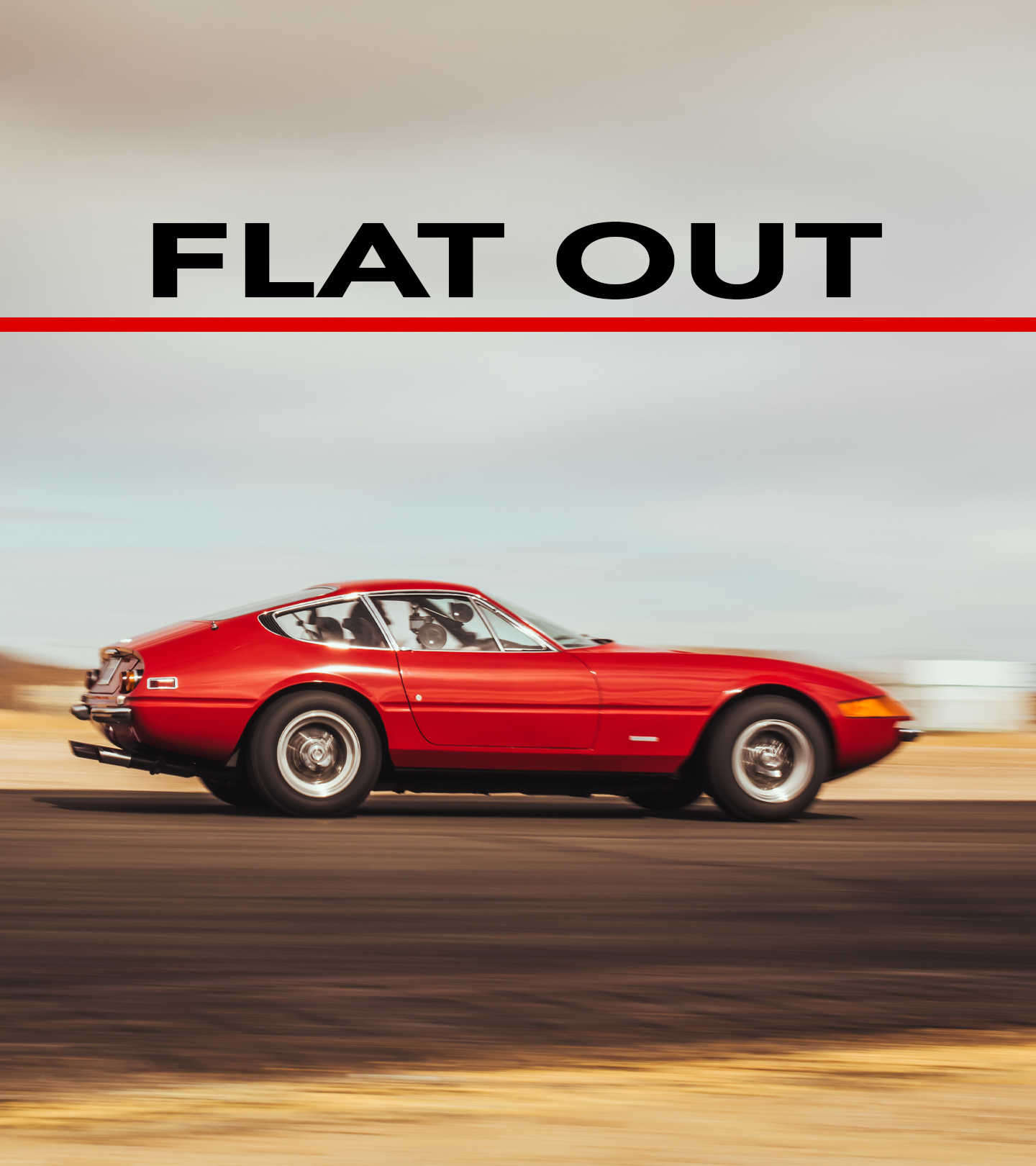Enjoy 911S stories, opinion, and features from across the car world - Hagerty Media
Whenever McKeel Hagerty drives his 1967 Porsche 911S, an overwhelming sense of joy is accompanied by a flood of memories and emotions. The Porsche was his first car. He restored it with his father. It provided his first taste of freedom and adventure, and it now serves as a getaway car from the pressures of everyday life. Nearly four decades after Hagerty’s CEO bought the dilapidated 911S as a project car, he still drives it on the same northern Michigan roads that he did as a teenager. He says he’d never sell it.
“The most rewarding part is that I still have it,” McKeel says in an outtake from our latest Why I Drive video. “I spent a lot of years away from the car when I went away to college and then on to grad school, and the fact that I didn’t experience a moment of panic or feel the need to sell it is really a gift. Not many people can say they still own their first car, let alone say their first car was a 911S that they paid $500 for. I know how fortunate I am, and believe me, I do not take that for granted.”
As McKeel explains, he bought the car when he was 13. “My dad prompted us—me and my older sisters—to pick out a car and restore it with him in the garage,” he says. Although McKeel was a fan of the early James Bond movies and naturally dreamed of owning an Aston Martin DB5 like 007, finding one in northern Michigan (and in his limited price range) wasn’t realistic. He did locate a decent alternative, however.
20190925131237)
20190925131241)
20190925131245)
“There was this older gentleman who ran a body shop in town, who had worked on some of our family cars and who had two Porsches [the 1967 911S and a 1966 912] sitting in an unbuilt garage foundation,” McKeel says. “Starting when I was about 11 years old, we started paying visits to this guy, [trying] to convince him to sell. Right around Christmas when I was 12, he called and said, ‘Get ready, you’ve got to come and get the car.’ But it was the middle of winter. We had this big challenge, in early January, of figuring out how to extract the car from under this cover of snow.”
To keep the Porsches relatively safe and secure, the owner had bricked the doorway of the foundation, “so the only way we were going to get them out was to rent a crane and lift them out,” McKeel says. “There was a lot of snow. It was like a blizzard out, and it was super cold. Unfortunately, the engine from my car was sitting in the corner in a long line of engines. The old man kind of walked over and said, ‘Hey, under this pile of snow is the engine to this car.’ I’ve often wondered what other engines were sitting there [since] he was supposedly a bit of a racer.”
McKeel says the deal was done for only $500, equal to about $1650 today, and over the next several years he spent another $1800 for parts—just the basics, mind you, nothing extravagant or performance enhancing. Of course, the experience itself was priceless.
“My dad was constantly working on all sorts of projects. If you wanted to spend time with Dad, you were in the garage and you were fixing cars,” McKeel says. “There are pictures of me [at] two years old holding a handful of nuts and bolts for him to put something back together. So from my earliest memory, spending time with Dad was spending time in the garage.
20190925131248)
“This car really became [the basis for] some of our closest bonding moments. It took years for us to put it back together… I will never forget the day when we first got it running,” McKeel says, pausing a moment to fight back tears. “We hugged each other. It was a really cool thing. You’ll never stand as tall as when an engine runs for the first time. It was just a special moment for us. We both cried. He was a softy… and I guess I am too.”
After spending nearly 40 years behind the wheel of his 911S, McKeel says the experience never gets old. It has, however, changed over the years.
“From the earliest part of my life, driving has always meant something close to freedom,” he says. “I really connected with this idea that I could operate this machine, and I could make it go where I wanted it to go, when I wanted it to go. And that was just a super powerful feeling that just became really wired into me.
“I think I’ve gone through phases of what driving means. Later in life… alone time in a car—especially this car—is a time for me to completely unplug.”
McKeel, 51, had the Porsche restored a second time several years ago, and among the changes was returning it to its original red after he and his father painted it black the first time around. McKeel describes the car as “slightly breathed on. When I had it professionally restored, I put bigger pistons in it, so it’s almost running at 2.8 [liters]. It’s so cool. Of all the cars I’ve driven, it feels like an extension of my body when I drive it. The responsiveness of the throttle in this car is absolutely remarkable. It’s just instant, instant response.”
20190925131233)
Although McKeel now has an extensive car collection, the Porsche is the only car he could never part with. It holds a special place in his heart—and in his automotive rituals.
“This is the first car that I take out in the spring—the first fun car I take out in the spring. And it gets the last drive in the fall,” he says. “I grew up in northern Michigan and still live here, and the roads I’ve been driving on are really special to me. [There are memories] around every corner. When I take this car out in the spring or I take my last drives in it in the fall, it’s these roads that I go to, because they just feel like home.
“It feels like the car is just settled in its place. And I’m certainly settled in my place when the two of us are out there.”










